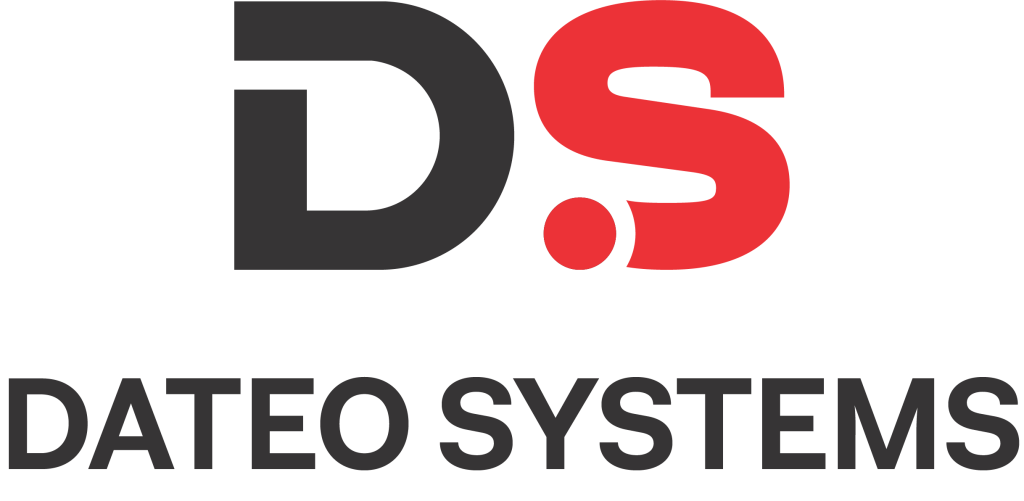The Foundation of ETL and Its Role in the Big Data Ecosystem
Extract, Transform, Load—known widely as ETL—has been the silent engine behind data- driven decisions for decades. Before the term “big data” entered the mainstream vocabulary, businesses were already grappling with scattered, siloed information stored across dierent departments and legacy systems. ETL was born as a response to the growing need to pull together this fragmented data into a single, usable source of truth.
The process begins with extraction, which involves pulling raw data from various sources— databases, CRM systems, spreadsheets, APIs, and now even IoT sensors. This data is then transformed into a common, usable format through cleaning, formatting, and business rule application. Finally, it’s loaded into a destination like a data warehouse, data lake, or a business intelligence platform where it can be accessed for analysis.
In the age of big data, ETL has grown from a backend utility into a mission-critical process that determines the speed, accuracy, and eciency of data-driven strategies. The concept has evolved not just technically, but philosophically. It’s no longer about just moving data from point A to point B—it’s about making that data meaningful, actionable, and real-time.
From Batch Jobs to Real-Time Pipelines: The Historical Transformation of ETL
Originally, ETL was a batch-oriented process. Data engineers would schedule jobs to run during o-peak hours, often overnight, to avoid disrupting system performance. This worked well in a world where business decisions were made weekly or monthly. But as data volumes exploded and the demand for instant insights rose, the batch model began to show its age.
The shift toward real-time data streaming forced ETL to evolve. Today, modern ETL architectures use tools like Apache Kafka, Apache Spark, and cloud-native platforms to handle streaming data. This transition has allowed businesses to make decisions based on what’s happening right now—not just what happened yesterday.
The impact of this evolution can’t be overstated. For example, fraud detection systems in banking now rely on real-time ETL to analyze transactions as they occur. E-commerce platforms use real-time pipelines to personalize user experiences on the fly. This is the transformation from reactive analytics to predictive, even prescriptive, analytics—and it’s all fueled by the engine of modern ETL.
Why Businesses Can’t Aord to Ignore Seamless Data Integration Anymore
The need for seamless ETL is not just a technical concern—it’s a business imperative. Inconsistent, dirty, or outdated data leads to poor decisions, missed opportunities, and wasted resources. Without a robust ETL framework, organizations risk relying on insights that are incomplete at best and dangerously misleading at worst.
For large organizations, the stakes are even higher. Data flows in from dozens, sometimes hundreds, of systems. Sales platforms, customer support software, finance tools, HR databases—all generating critical information. When that data isn’t unified, teams end up working in silos, strategies become disjointed, and the business loses its competitive edge. A solid ETL process serves as the bridge that brings all these data sources together into a single, coherent narrative.
Additionally, compliance and data governance have grown in importance. With regulations like GDPR and HIPAA, companies must prove not just that their data is accurate, but that they know where it came from and how it’s being handled. ETL provides the control and audit trails needed to meet these growing compliance demands.
The Human Side of ETL: Enabling People to Make Better Decisions
While ETL is often discussed in terms of code, platforms, and architecture, its most profound impact is human. A well-structured ETL pipeline empowers marketers to understand customer behavior, helps doctors access patient histories in seconds, and enables logistics managers to predict supply chain delays before they happen.
When data flows freely and is delivered in a format people can understand, it fuels curiosity, creativity, and confident decision-making. That’s the real power of ETL—it translates raw numbers into knowledge, and knowledge into action. It turns the overwhelming chaos of big data into a story that business leaders, analysts, and frontline employees can read and respond to.
Choosing the Right ETL Strategy in a Big Data Landscape That Never Stops Growing
The explosion of data types—structured, semi-structured, and unstructured—has forced businesses to rethink their ETL strategies. The one-size-fits-all model doesn’t work anymore. Organizations now need flexible, scalable ETL solutions that adapt to changing needs and handle everything from social media sentiment to machine-generated logs.
Cloud computing has added another layer of complexity and opportunity. ETL processes now need to work across hybrid and multi-cloud environments, integrating data from on-premise servers to SaaS applications to cloud-native storage. It’s not just about moving data—it’s about orchestrating it across a landscape that’s constantly shifting.
That’s why choosing the right ETL partner is critical. Companies need more than just tools— they need strategy, expertise, and an understanding of the unique challenges their business faces. The future belongs to those who not only collect data but can connect it in ways that create real value.
Let Dateo Be the Partner That Powers Your Data Story
Big data is only as powerful as your ability to extract meaning from it—and that starts with ETL done right. At Dateo, we specialize in building custom ETL pipelines tailored to your organization’s needs. Whether you’re working with legacy systems or exploring cutting-edge real-time architectures, we make sure your data is clean, consistent, and ready to work for you.
We help you unlock the full potential of your data—so you can make smarter decisions, faster. If you’re ready to transform your data from a burden into a competitive advantage, we’re here to help.
Get in touch with Dateo today and discover how seamless data integration can elevate your organization’s future.






